Upon receiving the prompt for this senior capstone the problem appeared to be very clear. It was based on the puddle jumper, a toy that is a stick with a propeller on top. Essentially it was, “here’s this toy. We’d like a superior, more sustainable alternative.” Maybe adjust the materials, or design a different sort of toy that could replace this one and serve the same functions. Another direct issue with the puddle jumper is its lack of reach. Only people at the park or park events receive these. Those functions being to spark a sense of intrigue or wonder, draw visitors to the Dayton Aviation Heritage Park (DAHP) sites, and to talk about the story of the Wright brothers. While these ideas still persist through my understanding of the problem, after this period of research I believe the problem to be more closely associated with access to the park sites and their ideas rather than with the puddle jumper toy itself. Access in this case can mean a few things.
The first is physical access to the park sites in Dayton. Physical access includes distance from the park. Say you live in Seattle, WA, Dayton isn’t somewhere you could easily come check out for a few hours or days. Locating the Huffman Prairie Flying Flied is difficult itself, another example of physical access to sites being less than optimal. While the Wright brothers’ factory is still marked on some maps, it is completely inaccessible and fenced off due to a fire. The park and its story are only accessible off site through pictures, videos, and maps.
Academic or literacy access is the second barrier to entry for some guests. Museum settings can be intimidating and framed in the minds of people as purely educational experiences. There are audio/visual displays across the sites and museums in Dayton. However, lots of the exhibits are text heavy. The average reading level in the US is around 7th-8th grade. While most of this reading is realistic for those reading levels, people with low literacy may be intimidated by the amount of reading necessary to fully understand some of the displays or stories. This can feel like a task or challenge, like reading a history book rather than a story. Both of the examples pictured below show interactive exhibits that most kids are sure to walk up, fiddle with the handles, and ignore the reading on. An article in the arts section of my research dossier newspaper reflects on this idea. Disney’s Planes reviewed by a pilot touches on how the movie uses bits of history and accurate terms, while still not depicting flying in a scientifically realistic way. Rather it communicates with kids in ways that they understand without being bogged down by specifics.
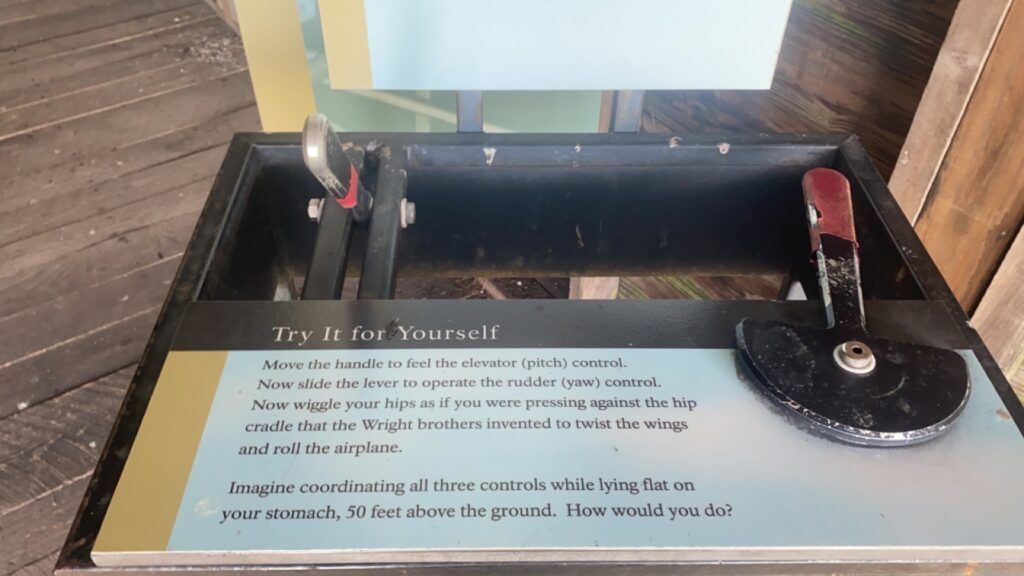
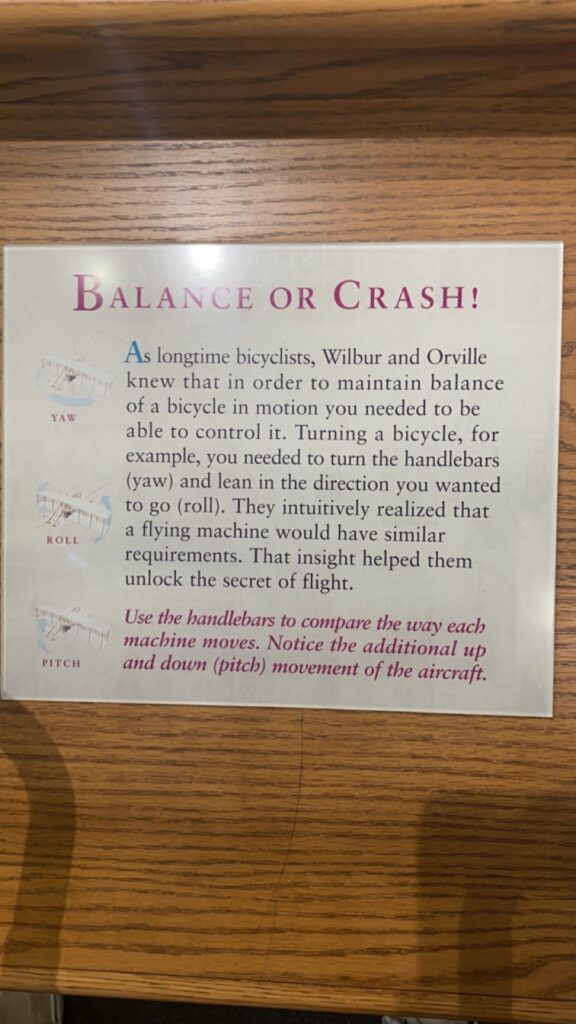
The final access barrier, temporal access, applies to the hours of operation for the park sites. The sites generally close at 5, like most museums, and are also affected by activity at the near by air force base during these hours. While talking with our partner, Ryan Qualls, I found that most visitors on weekdays are retirees and parents with young children. This aligns with my observations at the Franklin Park conservatory, having noted many parents with their young kids, as well as older people in groups. Other groups like young adults and school age children are at school and work during the majority of these hours during the week.
An ah-ha! moment happened for me when seeing the number of after hours events that happen at the Franklin Park conservatory during my visit there. This echoed a sentiment found in the article Shifting Perspectives: The Millennial Influence on Museum Engagement, that says young audiences want to connect with peers and share experiences together. We also have evidence in the DAHP notes from the last 19 years that off-hour events held at Carillon Park in Dayton have increased visitation. A problem here is, this was only noted to have occurred 14 times in that period, most of which were winter holiday events. It also stood out to me that the park’s peak visitation was in the year 2003 due to the events surrounding the centennial of flight. For all of these reasons I believe DAHP’s operating hours are one of its biggest barriers to reaching more people. It was then I realized the park has plenty exhibits and tells the story of he Wright brothers very well, and I don’t need to thoroughly educate people or add an exhibit, but rather inspire interest beyond the barriers established here.
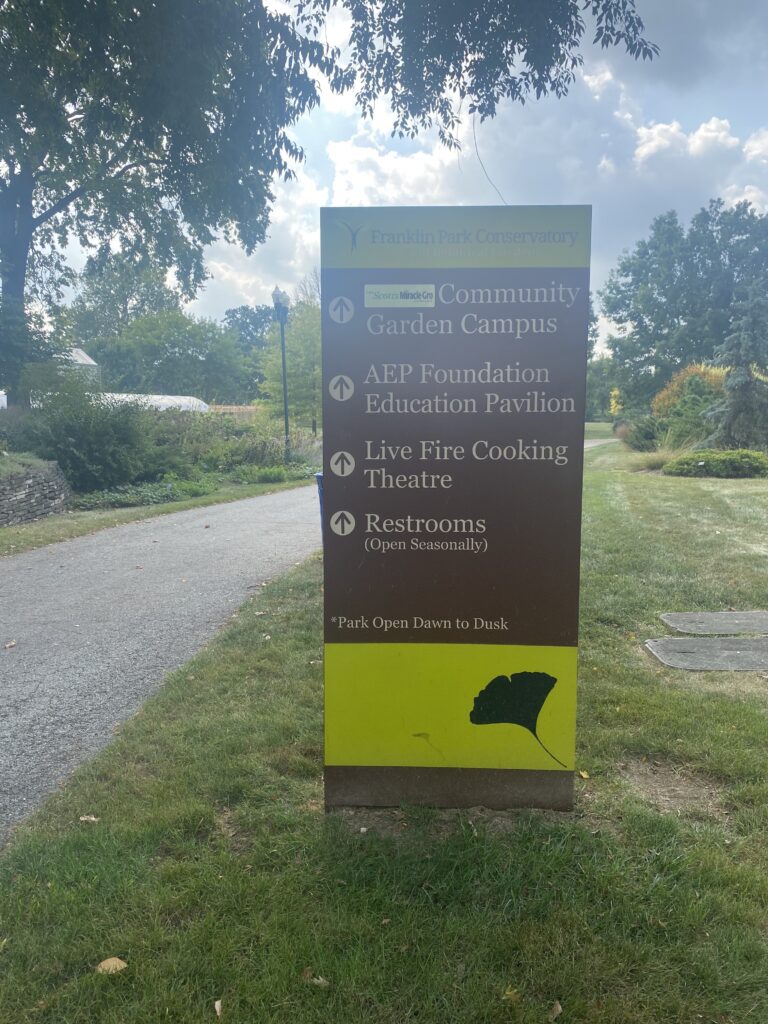
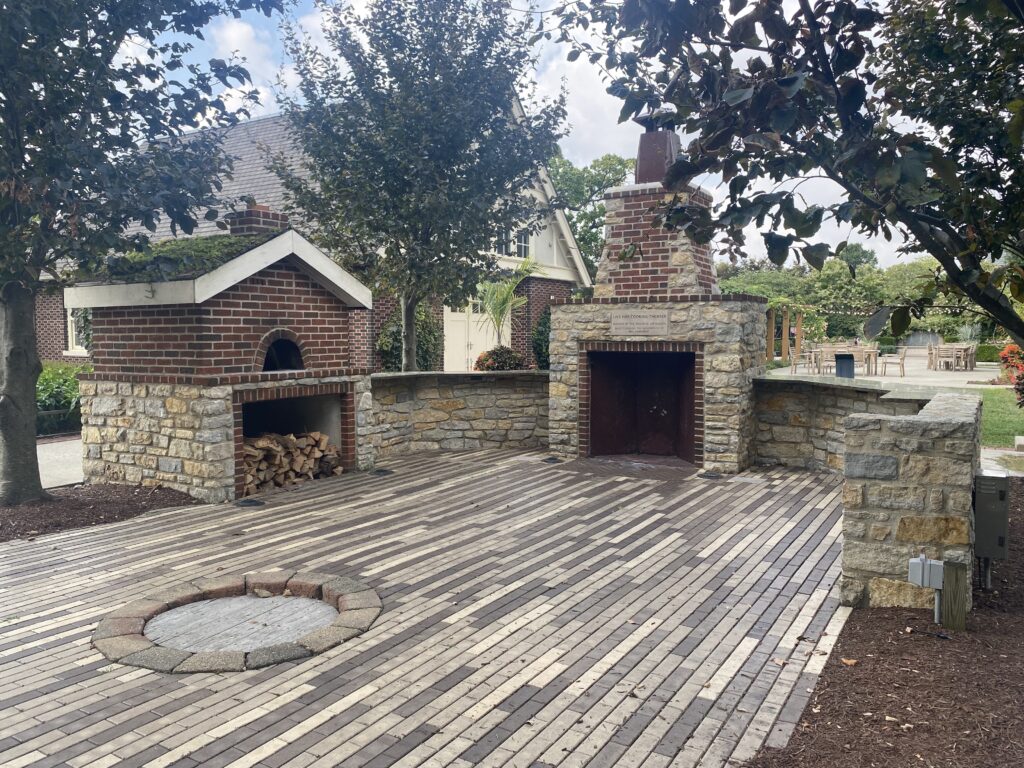
To serve the needs and wants of the National Park Service (NPS) and the Dayton Aviation Heritage Park I’m seeking a design intervention to promote access to the DAHP and the story of the Wright brothers further outside of its own geographic boundaries and operating hours. With that, I would like to create interactions and experiences between visitors and people who can’t physically visit the sites.
In order to understand the kind of intervention to be made, I wanted to understand the kinds of emotions associated with flight. First I’ll address the story of the Wright brothers and the kinds of feelings the DAHP pulls from them. The brothers story begins with the rubber band-wound copter toy that inspired the puddle jumper toy used today. When their father brought it home and they flew the thing for the first time, it was as if they had seen the impossible. They emphasize the sense of amazement and wonder that the brothers felt when talking about this pivotal moment. As they grew older, persistence would overcome doubt. Their flying machine was considered to be so impossible that undertakers would attend their test flights, waiting for Orville to drop from the sky! Eventually their flying machine would amaze others in the same way they had experienced years before. Here we find a sense of risk, and high stakes. We also find the struggle to overcome death, science and the force of gravity. Not only did the brothers have to beat the odds, they were locked in a race with Samuel Pierpoint Langley to achieve the first flight. This is discussed further in a book titled, To Conquer The Air: The Wright Brothers and the Great Race for Flight. This brings me to the arts section of my research dossier which focused primarily on emotions.
While exploring an exhibition online of works associated with flight from the Library of Congress the theme of conquering stuck out to me. The article opens with an excerpt in which Wilbur Wright described conquering the ocean of air as part of an eternal human struggle. Flight in several of these works is used to show and represent supernatural or superhuman qualities. Another example from the Soviet Union utilized a winged horse to show dominance. To fly is to conquer nature, to surpass human limitation. One of these human limitations flight represents across these works and in the story of the Wright brothers is death. To overcome such barriers is in a sense like becoming gods, beyond all possibility. Conquering as a concept is a bit deep. Going faster, further, or higher than the competition, to experience the feeling of winning and triumphing over a challenge is within our grasp. It is here I will briefly mention fear, as it is something that was overcome and something lots of people do associate with flight. The sense of risk associated with flying is interesting because some form of stakes can be used to evoke excitement in our design intervention. Not that we’d want to scare or endanger people.
In talking to two pilots I know they provided similar thoughts on flying and the emotions they associate with it. My uncle, who was also a state trooper, said that taking off and landing are scary in a similar way to conducting a traffic stop. It feels like a dice roll. For him its exhilarating. With experience delivering cargo my uncle describes the lonely sensation of long night flights. While he’s been flying for years, a friend of mine who had recently graduated from OSU’s aviation program is more enamored with it. He talks more of the freedom of being in the air, the wide open expanses of the sky. His description is more romantic. They both have a sense of achievement in having flown. They both also still mention the risks.
Freedom is a much more common emotional use of flight as a symbol in general, and in the arts section. In Paul Laurence Dunbar’s poem Sympathy the caged bird represents himself. He identifies with the bird’s lack of freedom. In an article that lists the top 50 songs about flying, freedom is framed in several ways. Some of the songs have a traditional, positive sense of freedom. This is a sort of escapism. While others use it as an expression of growth, independence, or even loneliness.
To recap, the important emotional connections to flying identified were amazement, wonder, persistence in the face of risks, overcoming, competition, freedom, triumph, achievement, and growth. While many other words could be applied to this list, any or all of these could be useful in forming experiences relevant to DAHP and evoking them may help us to tell their story.
Understanding the problem of expanding access to the DAHP and its services beyond its current borders also requires an understanding of the kinds of events that drive up visitation and engage people. In the previously mentioned article about millennials and museum engagement, they discussed an “escape room” type event after hours. I’ve been to an overnight stay at the zoo. The Franklin Park conservatory has 8 events scheduled for the next 30 days. These include cocktail nights, cooking classes, and community days, as well as a farmers market every Wednesday. Most of the events at Carillon Park are historically based, for example tavern dinners, an authentic 1860’s ball, and historical site open houses.
While cocktail nights are fun, it is important to engage all ages and keep the park and its events family friendly. As mentioned previously, a large portion of the parks regular visitors are parents and younger children. If either of these groups were particularly alienated, neither of them would be able to engage with the park or its services and stories. Parents can’t leave their young children very easily, and likewise young children help in determine how/where their parents spend time and money. This also ties back into the discussion of making an intervention that is easy to understand. The Franklin Park conservatory had a large section of garden focused on kids. I also observed several areas where people were taking photos of their kids and of each other as well.
The first section of the article about millennials talks about engaging online and mentions the role photos play in bringing engagement to and spreading the message of museums. This article references Yayoi Kasuma’s Infinity Rooms. When I saw one of these rooms in person they allowed 60 seconds in the room and we were told to take as many photos as possible. While the experience was underwhelming, the photos were interesting and made for a decent post on social media. The Franklin Park conservatory had many photo ops throughout. Some of them were glass sculpture, while others were animals made of live plants in an outdoor garden. A maybe ten foot tall peacock with a bench in front was a striking one. Not only do these photo ops allow for the conservatory to spread its message online, but also provides an opportunity for interaction between visitors. I witnessed visitors ask other people to either hold their things quickly or to take a picture of their group.

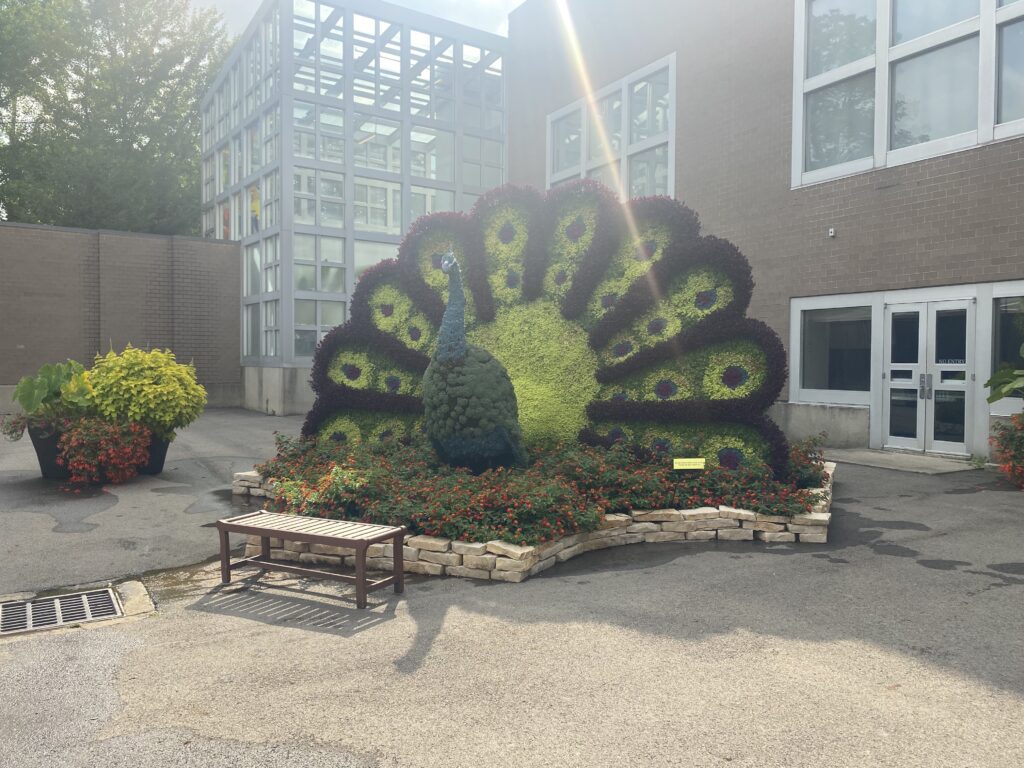
In order to pin this problem down I’ve identified a few areas that could be explored as potential avenues to provide better access to the DAHP and its message. These idea frameworks intend to address the physical, temporal, and academic access barriers, as well as encourage people to interact with each other. First off is the photo op. While simple the above section illustrates its effectiveness. There are few if any photo ops I saw across the Dayton sites. This is an opportunity to get the park some presence across social media and increase intrigue. Perhaps driving visitor traffic or just an interest in the Wright brothers. Different Wright or flight themed photo ops could appear offsite in different parks or locations, maybe airports, to share bits of the Wright brothers’ story. These could also take the form of say a digital face filter allowing for use anywhere, any time, simply.
Another opportunity exists in gamification or competition of some sort. By creating a game with few simple rules, or a competition where winning can be defined by the users, risk and conquering could be activated into a sense of fun. With that the shared experience of users could take place on or off site. As an example, a miniature plane catapulting challenge that mirrors the catapult used to launch the Wright flyer at the Huffman Prairie Flying Field. Games can also be used for escapism/freedom. Maybe an RPG card or board game based on the race to create first flight? Games are also something that have the potential to take digital forms allowing for further ease of access. Having simple rules allows for a shallow learning curve, keeping a new game inviting and fun. Games are not site dependent, not necessarily time dependent, and can be easy to pick up.
Finally an event associated object could provide opportunity to the NPS to draw visitors to many sites or to provide non-site users a way to engage with the story of the Wright brothers. For example, say a beer mug based on the design of Newcom Tavern on the Van Cleve bicycle paired with a craft beer tasting at the tavern. This works particularly well on site, but could also work in other locations. Another example of this I conjectured was a tent that looks like the Wright flyer. This would make good sense to have a camp out at the Huffman Prairie Flying Flied, where the first flight took place. The participants could get their tents from the hangar on site and spend time with the community around a fire. Likewise this could work in other places across the country or in peoples’ private back yards. This kind of solution also works beyond general park hours and engage people with each other in shared experiences.
How might I provide better access to Dayton Aviation Heritage Park across the boundaries as defined? How could I connect people to one another through shared experience while sharing the story of the Wright brothers and Dayton History? Hopefully through the insights gained through the research and analysis described prior.




